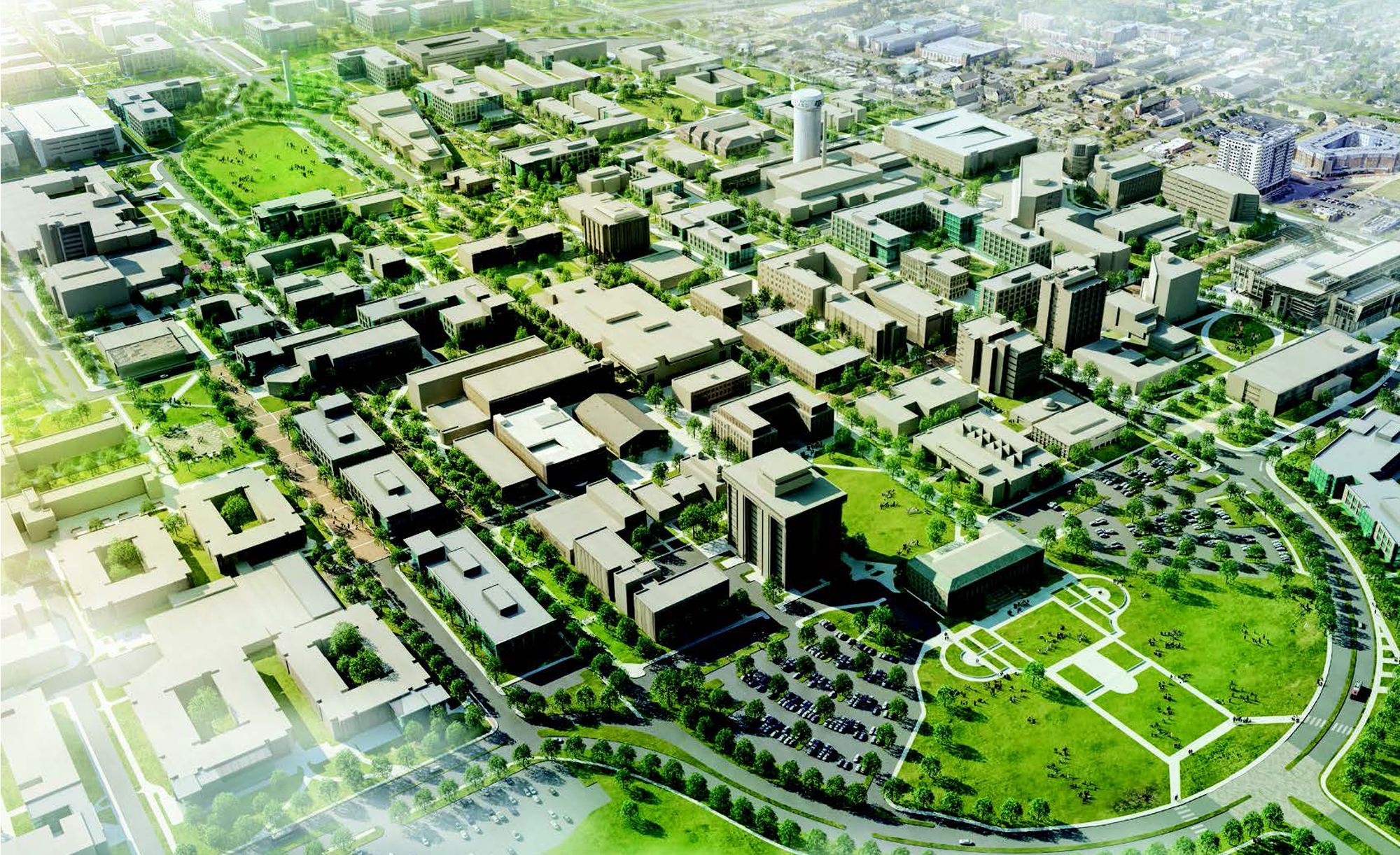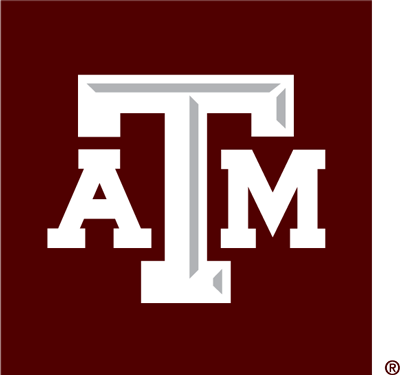
The Texas A&M University System Board of Regents at its August 28 meeting approved a capital plan that includes funding for a new Biology Teaching and Research Building at Texas A&M’s College Station campus. Scheduled for completion in 2029, the $220 million, 184,651-square-foot facility will transform biological education and research at the university and serve as a hub for life sciences innovation.
Biology is one of the fastest-growing areas on campus, with 2,400 majors and more than 20,000 students enrolled in biology courses each year. This new facility will finally provide Aggieland with the modern teaching and research spaces needed to meet growing demand, attract top faculty and support groundbreaking discoveries.
“This was 30 years in the making,” said Dr. Alex Keene, biology professor and department head, who is co-leading the project with Distinguished Professor of Biology Dr. Deb Bell-Pedersen. “The building is being designed to be the heart of life sciences at Texas A&M — a one-of-a-kind facility that integrates research and teaching in ways few universities can match.”

The building, which will be located on East Campus within the historic core, will replace outdated facilities — some more than 70 years old — with next-generation classrooms, active-learning spaces and flexible research laboratories. In the design process, project leaders, including the architect, traveled around the country looking at other academic buildings, noting what would work or could be uniquely adapted to fit the needs of Texas A&M. The building will feature collaborative environments where students and faculty work side by side, fostering interdisciplinary breakthroughs in areas such as synthetic biology, regeneration and repair, biological timing and environmental resilience.
Dr. Bell-Pedersen called the facility “a transformational investment in the future of Texas A&M. By uniting state-of-the-art teaching spaces with world-class research laboratories, this building will elevate how we educate the next generation of scientists and clinicians while advancing discoveries that address global challenges in health, the environment and biotechnology.”
Chief of Staff for the Office of the President and Professor of Biology Dr. Tim Scott agrees.
“I came to the biology department in 1987 as a master’s student and have served on the faculty since 1990. At long last, the department will get a cutting-edge teaching and research facility deserving of our dedicated students, faculty and staff,” he said “For decades, the biology department has been the anchor of life sciences across the university. This facility will be instrumental in building a talent-strong Texas and driving research and innovation to unprecedented levels.”

The project is scheduled to break ground in late 2026, with substantial completion expected in December 2028 and opening to students and faculty in early 2029.
“This state-of-the-art building will have a transformational impact on research and education for the Department of Biology and continue the tremendous upward trajectory of the program,” said Dr. Simon North, Interim Dean of the College of Arts and Sciences and the John W. Bevan Professor of Chemistry. “We are grateful to Chancellor Hegar, Former President Welsh and the Board of Regents for their continued support and investment in our students and faculty. I would also like to acknowledge the vision and incredible efforts of Dr. Mark Zoran in making this possible.”
Dr. Ophelia Bennett, Chief Development Officer for the College of Arts and Sciences, added, “A new biology building isn’t just bricks and beams — it’s a launchpad for discovery, a home for curiosity and a promise to every student that their questions can shape the future of life itself.”
The project is not only met with support from the university and college, but from former students as well. Dr. Sam Harrison ’85, a biology graduate who serves on the department’s advisory board and the college’s external advisory and development council, said:
“This new building will provide modern labs and equipment that enhance hands-on learning and support cutting-edge research. It will improve the student experience, help attract top faculty and strengthen Texas A&M’s reputation for innovation and discovery.”
Fast Facts About the Biology Teaching and Research Building
- Project budget: $220 million
- Size: 184,651 gross square feet
- Features: Cutting-edge research labs, active-learning classrooms, immersive technology spaces, student collaboration zones and a vivarium for advanced research
- Design begins late 2025
- Construction starts December 2026
- Substantial completion December 2028
- Opening early 2029
- Location: East Campus within the historic core
